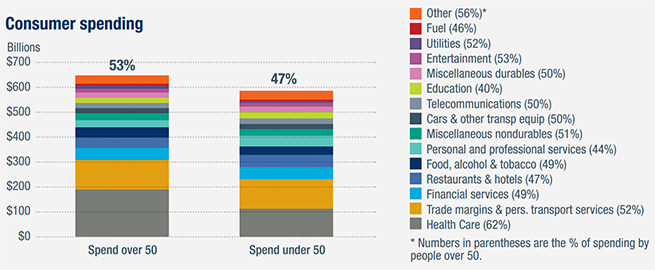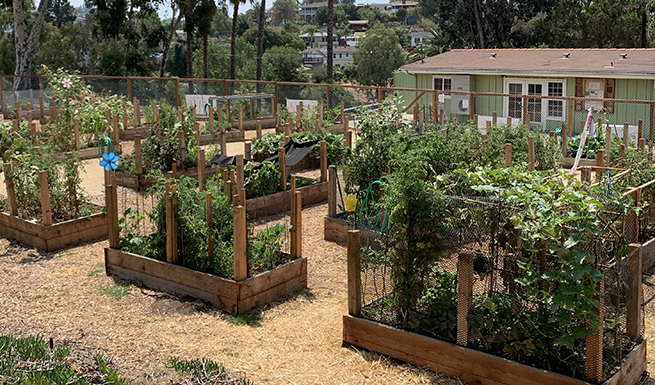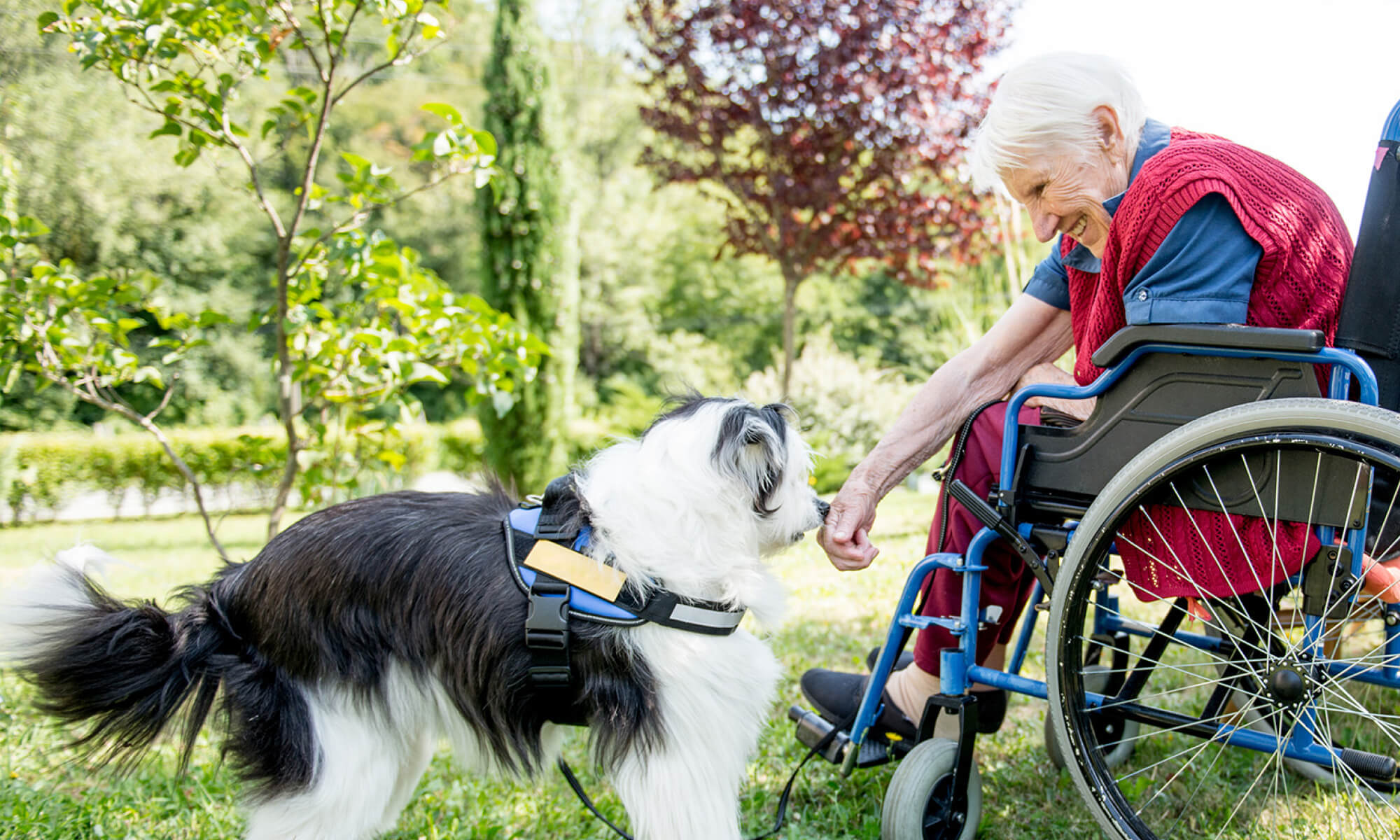Airbnb, Uber, and Lyft are all examples of the thriving new “gig economy” developed by millennials for millennials. These sharing platforms facilitate peer-to-peer transactions, matching service providers to customers with the convenience of an app.
Given the heavy reliance on technology, would it surprise you to learn that a large number of the consumers and providers in today’s economy are adults approaching and past retirement age?
Older American Month provides us with an opportunity to highlight the impact and engagement of older adults within our communities, economy and day-to-day life.
[Tweet “How Older Adults are “Hacking” the Millennial Economy”]
For example, not only do Uber and Lyft prominently advertise the benefits of their “on-call” rideshare service for increasing older adult mobility, both companies boast a high rate of drivers age 50 and above.
Chula Vista resident Josie, age 59, began driving for Lyft shortly after retiring late last year. “I think it’s fun” she says, “I get to talk to a lot of different people, from all different places. My goal is to make at least $500 per month.”
Similarly, Airbnb has reported a growth of hosts age 60 and above, reaching 100 percent year-over-year. Airbnb published an analysis in 2016 indicating that 13 percent of all Airbnb hosts in the U.S. were age 60 and above, generating $747 million in collective income. According to the report, half of older adult hosts are retired and living on fixed-incomes. At the same time, 58 percent of older adults reported that the income generated by Airbnb helped them stay in their homes.
Older adults are generally healthier than in generations past and seeking to remain meaningfully engaged and productive for longer.
Understanding the Needs of Our Aging Population
The San Diego Foundation Age Friendly Communities program seeks to understand the needs of our aging population, and promotes San Diegans aging in place and staying connected to their communities.
The boomer’s contribution in the gig economy is just one facet of the growing Longevity Economy, a term used to describe the sum of all economic activity that is supported by households headed by someone age 50 or older.
According to a study conducted by Oxford Economics for AARP, consumers over the age of 50 exceeded their younger counterparts spending in California. Despite being only 31 percent of the population in 2013, adults age 50 and above accounted for 36 percent of California’s GDP and contribute to 40 percent of state and local taxes. This trend can only increase as the number of older adults more than doubles over the next two decades.

Consumers over the age of 50 exceeded their younger counterparts spending in California, according to a study conducted by Oxford Economics for AARP.
According to Joseph Coughlin, Director of the MIT AgeLab, older adults have “hacked” the gig economy to benefit themselves and the companies they work for in ways that no one could have ever predicted.
Coughlin argues that boomers developed the age of consumerism. As boomers age, he continues, there will be a growing demand for products and services that meet the needs, preferences, and values of the boomer generation.
Businesses that don’t meet the expectations of older consumers will fail to thrive in the new economic structure.
The San Diego Foundation and its partners are working with local leaders, businesses and nonprofit organizations to meet the needs of the region’s aging population. Will you join the movement?



